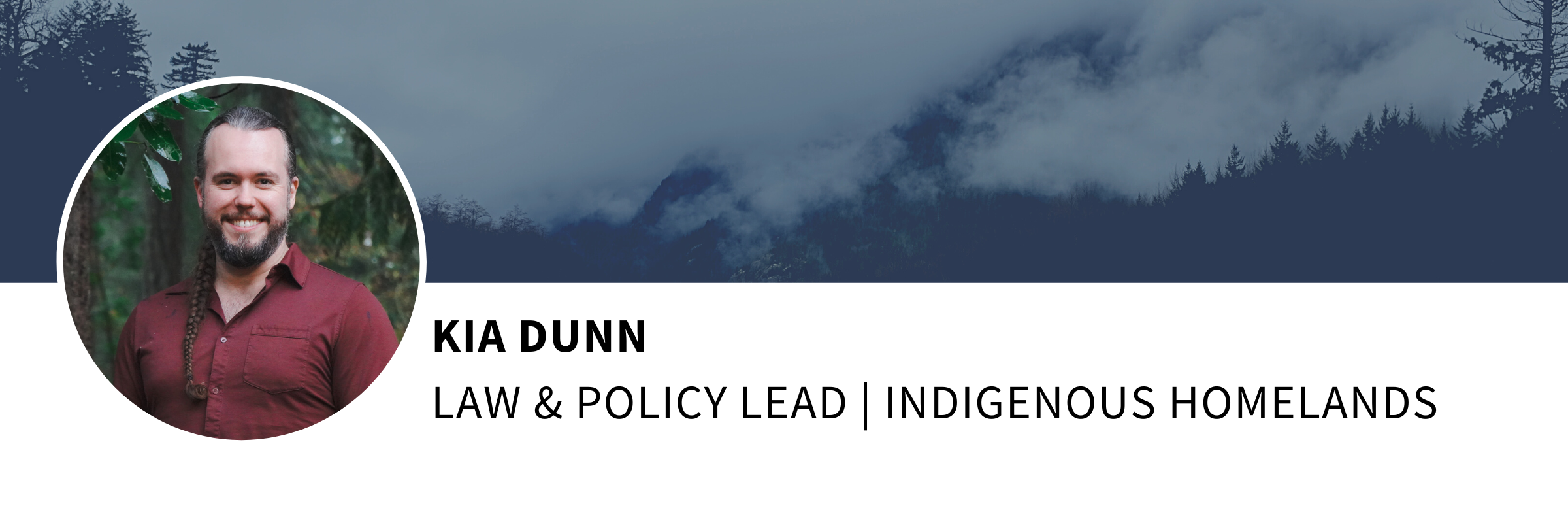 Yänonhchia’ (yah-NON-shee-ya) is the Huron-Wendat term for ‘home’ and includes in its understanding the inherent relationship between family, community, and territory. Implied in these relationships is an individual responsibility to home and shelter alongside a communal responsibility to support everyone while living on the land sustainably.
Yänonhchia’ (yah-NON-shee-ya) is the Huron-Wendat term for ‘home’ and includes in its understanding the inherent relationship between family, community, and territory. Implied in these relationships is an individual responsibility to home and shelter alongside a communal responsibility to support everyone while living on the land sustainably.
In early February, our Director, Ashli Akins, and I were invited as members of Ecotrust Canada’s Indigenous Homelands Initiative to participate in a foundational gathering of leaders in the Indigenous housing space to discuss Yänonhchia’, a newly proposed national Indigenous housing finance network. The gathering used this name as a working title to emphasize the important balance that needs to be kept between private, communal, and environmental interests as Nations take on increasing stewardship responsibilities over their lands and housing.
The purpose of the gathering itself was to bring leaders together to discuss how to do for Indigenous housing what Indigenous financial institutions have done for Indigenous businesses. While not all the details are allowed to be made public yet, I can say that it was an intensive two-day conference, which included dozens of presentations and small working meetings among a variety of institutions, from government to NGOs to First Nations. Together, the conversation was centred around developing a coast-to-coast-to-coast institution that can offer substantive financial lending support to Indigenous communities and individuals who are pursuing new or improved housing.
And the medium fit the message. We were fortunate to be hosted at the stunning Hôtel-Musée Premières Nations, operated by the Huron-Wendat in their traditional territory at Wendake, near Québec City. The Hôtel-Musée lived up to its name as the grounds, quietly blanketed in deep snow, were divided into part hotel and part museum, with beautiful modern wood and glass construction, inspired by traditional fusions of architectural style. We were greeted with beaver, coyote, and other skins throughout the halls and the scent of cedar and sage pervaded our rooms. All this rests alongside the Ekionkiestha’ National Longhouse complete with full palisade wall. My only regret in visiting was that we weren’t able to experience the events and teachings, which take place regularly in the longhouse.

Standing Tree to Standing Home
We were invited to represent Ecotrust Canada, in part due to our Standing Tree to Standing Home project, which saw a sawmill built to help facilitate a full-circle Indigenous housing economy, but also because of the values and principles that emerged from this project and continues to drive our work. The Indigenous Homelands team has continued to place holistic, sustainable economies as central to our efforts to facilitate Indigenous approaches to housing that are culturally legitimate to the Nation, and which find a balance between the pragmatic constraints of policy and legal implementation, while ensuring that the approach manifests the community’s fundamental values and principles.
Our efforts in this area have most recently manifested in the form of our ever-evolving Homelands Toolkit, which serves as a nascent but growing resource for the learnings and best practices from each of our discrete projects with partner Nations. We have endeavoured to generalize learnings from our work with partner Nations into clear and actionable modules that are freely available and open-source so other Nations may easily access the information. It was this toolkit which formed the basis for our presentation and our contribution to the dialogue at the gathering in early February.
Homelands, more than just housing
In many ways, we were a bit of an odd duck, with most attendees representing financial institutions or government bodies that offered financial solutions and technical expertise, proving the business case was clearly the central and initial purpose of the gathering. While holistic and Indigenous value-centred approaches were clearly emphasized in the initial statement of purpose for the Yänonhchia’ gathering, the pressure mounted by the second day, as it became clear that most were not there to speak to that portion of the plan. Ashli and I, along with a few other groups from across the country, remained until the end of the gathering to address what supporting Indigenous homelands in a holistic community-centred economy looks like.
By the end of our presentation, which I recall as a bit of a blur, Ashli and I were both unsure as to how relevant it seemed. It wasn’t until I overheard, on my walk back to our table, a representative from CMHC say, “these are the kinds of ideas that can change the world” that I was heartened.
The number of people who came up to speak with us afterward, and engaged with some of the ideas in depth, showed that many are looking to address the issues in Indigenous housing in a way that doesn’t default to what has been done conventionally. The leaders in that room were excited to discuss ways to provide pragmatic lending solutions and facilitate not just housing but homelands for Indigenous peoples in ways that resonate more deeply with the principles and legal structures of reconciliation. It is a conversation I look forward to continuing in the weeks and months to come as we move forward.
By Kia Dunn, Law and Policy Lead, Indigenous Homelands
[Published March 2, 2023]

